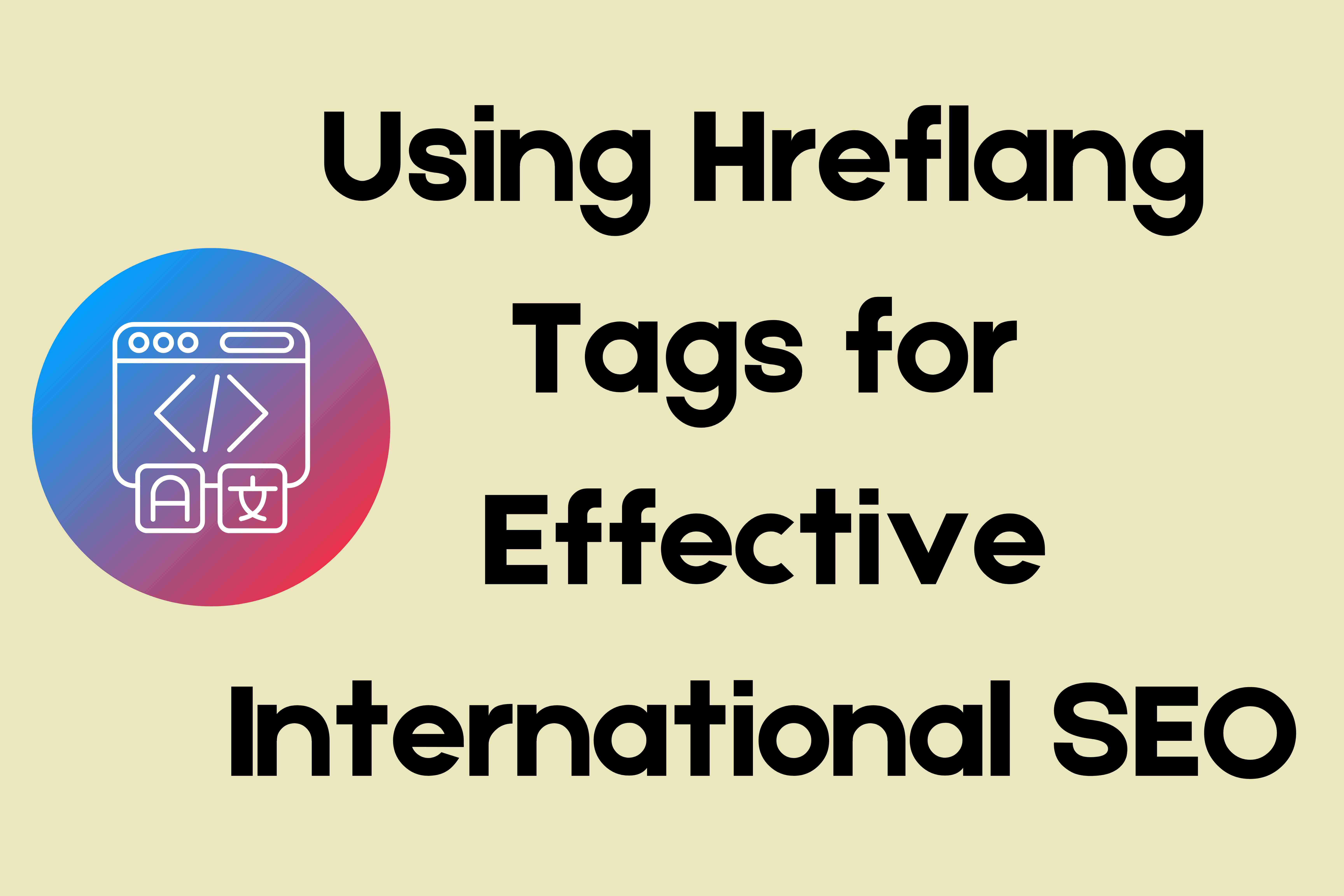Table of Contents
- Introduction
- Understanding hreflang Tags
- Importance of hreflang Tags in International SEO
- Implementing hreflang Tags Correctly
- Actionable Tips for Effective Use of hreflang Tags
- Latest SEO Trends Relevant to hreflang Tags and International SEO
- Conclusion
- About Don Hesh SEO
Introduction
Expanding your business to international markets opens up vast opportunities for growth. However, to succeed in different regions, it’s crucial to optimize your website for international SEO. One of the most effective strategies is using hreflang tags. This article will guide you through the importance of hreflang tags, how to implement them correctly, and the latest trends in international SEO.
Understanding hreflang Tags
Hreflang tags are HTML attributes that specify the language and regional targeting of a webpage. They help search engines understand which version of your content to display to users based on their language preferences and geographic location. For instance, if you have an English version of your site for the US and another for the UK, hreflang tags will ensure that users in the US see the US version and users in the UK see the UK version.
Importance of hreflang Tags in International SEO
Using hreflang tags effectively can:
- Prevent duplicate content issues by indicating the correct regional or language version of a page.
- Improve user experience by serving the most relevant content to users based on their location and language.
- Enhance search engine rankings by signaling to search engines the correct version of a page to index for specific audiences.
Implementing hreflang Tags Correctly
Step-by-Step Guide
- Identify Language and Region Codes: Use the ISO 639-1 code for languages and ISO 3166-1 alpha-2 code for regions. For example, “en-US” for English in the United States and “en-GB” for English in the United Kingdom.
- Add hreflang Tags to Your HTML Head: Include the appropriate hreflang tags in the
<head>section of each page. For example:htmlCopy code<link rel="alternate" href="https://example.com/en-us/" hreflang="en-us" /> <link rel="alternate" href="https://example.com/en-gb/" hreflang="en-gb" /> - Self-Referencing hreflang Tags: Ensure each page includes a self-referencing hreflang tag to indicate its language and region.
- Use XML Sitemaps: Alternatively, you can include hreflang annotations in your XML sitemaps.
Common Mistakes to Avoid
- Incorrect Language or Region Codes: Using wrong codes can confuse search engines.
- Missing Self-Referencing Tags: Every page should reference itself with a hreflang tag.
- Incorrect URL Path: Ensure the URL in the hreflang tag matches the intended page exactly.
Actionable Tips for Effective Use of hreflang Tags
Regular Audits and Monitoring
Conduct regular audits to ensure hreflang tags are correctly implemented and updated. Tools like Google Search Console can help monitor hreflang tag performance and identify issues.
Using XML Sitemaps for hreflang Tags
Including hreflang annotations in your XML sitemaps is a reliable method, especially for large websites. This approach simplifies management and reduces the risk of errors in HTML.
Leveraging Tools for Implementation
Use SEO tools like Ahrefs, SEMrush, or Screaming Frog to check for hreflang implementation issues. These tools can help you identify and fix errors efficiently.
Latest SEO Trends Relevant to hreflang Tags and International SEO
AI and Machine Learning in Multilingual SEO
AI and machine learning are revolutionizing SEO by providing insights into user behavior and preferences across different languages and regions. Leveraging AI tools can enhance your international SEO strategy.
Mobile-First Indexing for International Sites
Ensure your international sites are mobile-friendly. With Google’s mobile-first indexing, mobile optimization is crucial for maintaining visibility in international markets.
User Experience (UX) and Core Web Vitals
Focus on improving UX and Core Web Vitals, such as page load speed and interactivity. These factors significantly impact search engine rankings, especially for international audiences.
Localizing Content for Voice Search
Optimize your content for voice search by incorporating natural language and conversational keywords. Voice search is gaining popularity, and localizing content for voice queries can enhance visibility.
Conclusion
Implementing hreflang tags effectively is essential for international SEO success. By following best practices, conducting regular audits, and staying updated with the latest SEO trends, you can ensure your content reaches the right audience in the right language and region. This not only improves user experience but also boosts your search engine rankings and drives more organic traffic to your online store.
About Don Hesh SEO
Don Hesh SEO is your trusted partner for enhancing your online presence. As an SEO Consultant and Google Ads Consultant, we specialize in helping businesses improve their search engine rankings and drive more organic traffic. With our expert guidance and tailored strategies, you can achieve your SEO goals and grow your business. Contact us today to learn more about how we can help you succeed in the digital landscape.



